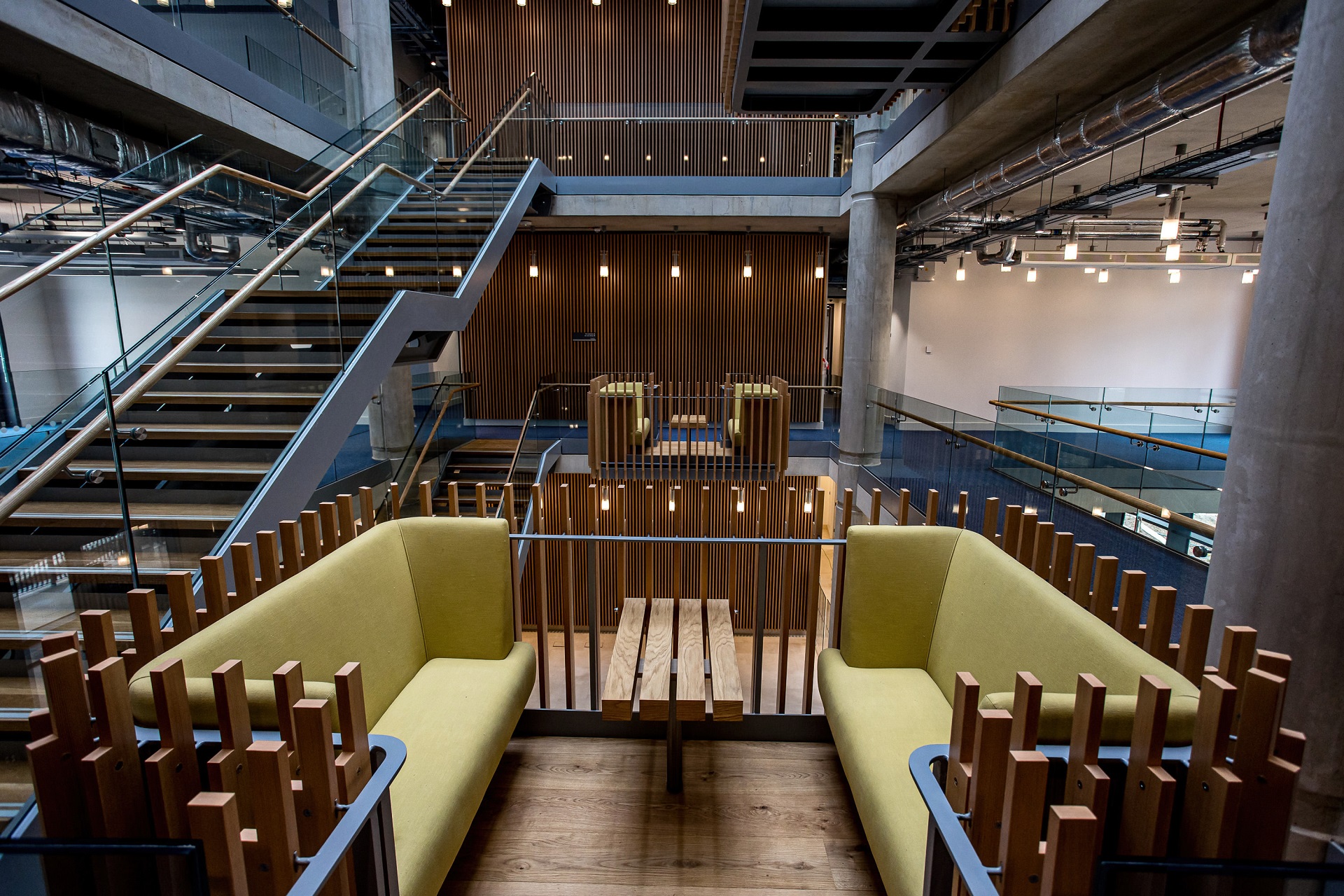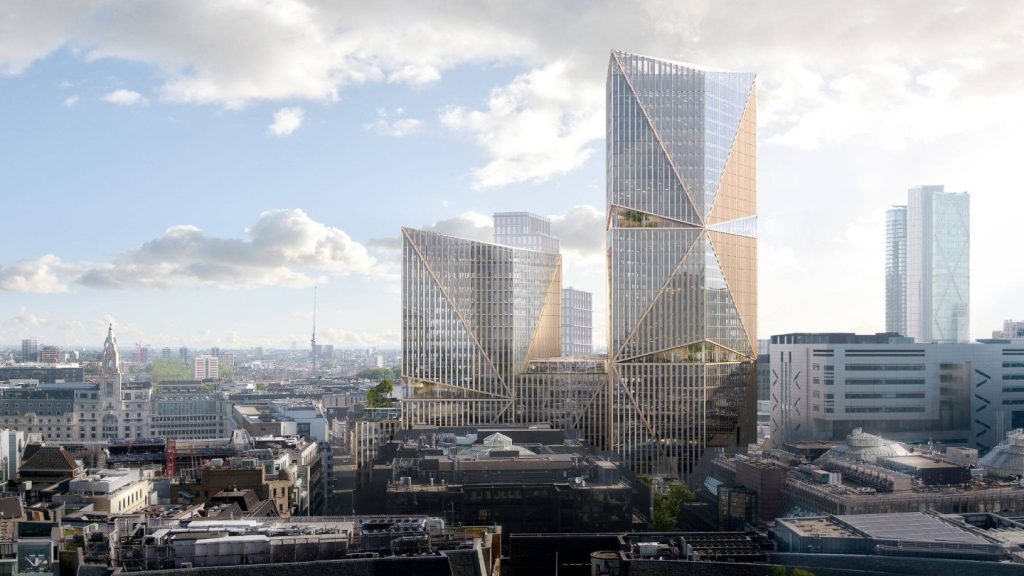
Willmott Dixon has completed work on the £60m ultra-modern research facility located next to the Royal Free Hospital in north London, UK.
Designed by Hopkins Architects, the new facility, which is named The Pears Building, will become the new home of the UCL Institute of Immunity and Transplantation. It will be one of the largest patient-focused immunology centres in Europe.
The building has a light-filled interior with acoustic panelling and bespoke timber meeting room pods.
It has been handed over to the Royal Free Charity, UCL and the Royal Free London NHS Foundation Trust, Willmott said.
In addition to advanced laboratory research facilities, the building comprises offices for the Royal Free Charity, a 71-space car park and a community café.
The facility allows researchers to work on cures and new treatments to address global health problems such as type one diabetes and cancer, among others.
How well do you really know your competitors?
Access the most comprehensive Company Profiles on the market, powered by GlobalData. Save hours of research. Gain competitive edge.

Thank you!
Your download email will arrive shortly
Not ready to buy yet? Download a free sample
We are confident about the unique quality of our Company Profiles. However, we want you to make the most beneficial decision for your business, so we offer a free sample that you can download by submitting the below form
By GlobalDataUCL Institute of Immunity and Transplantation director Hans Stauss said: “In the Pears Building we have a world-class laboratory research facility and a beautiful space designed to facilitate a unique partnership between scientist and clinician.
“In the Pears Building we will be able to expand the institute and so create a fabulous opportunity to release the potential of immunity-based treatments in cancer, diabetes, HIV, hepatitis and Covid-19, as well as developing new therapies to stop the rejection of transplants.”
Designed to adapt to future climate change, the new building features a brown roof to improve biodiversity and provide future habitats for local wildlife and insects.
While the building’s solar shading and natural ventilation could passively manage to overheat, its windows feature brise soleil designed to control the amount of sunlight and solar heat.
Additional features of the building include air source heat pumps, high-efficiency boilers and roof-top solar panels.







